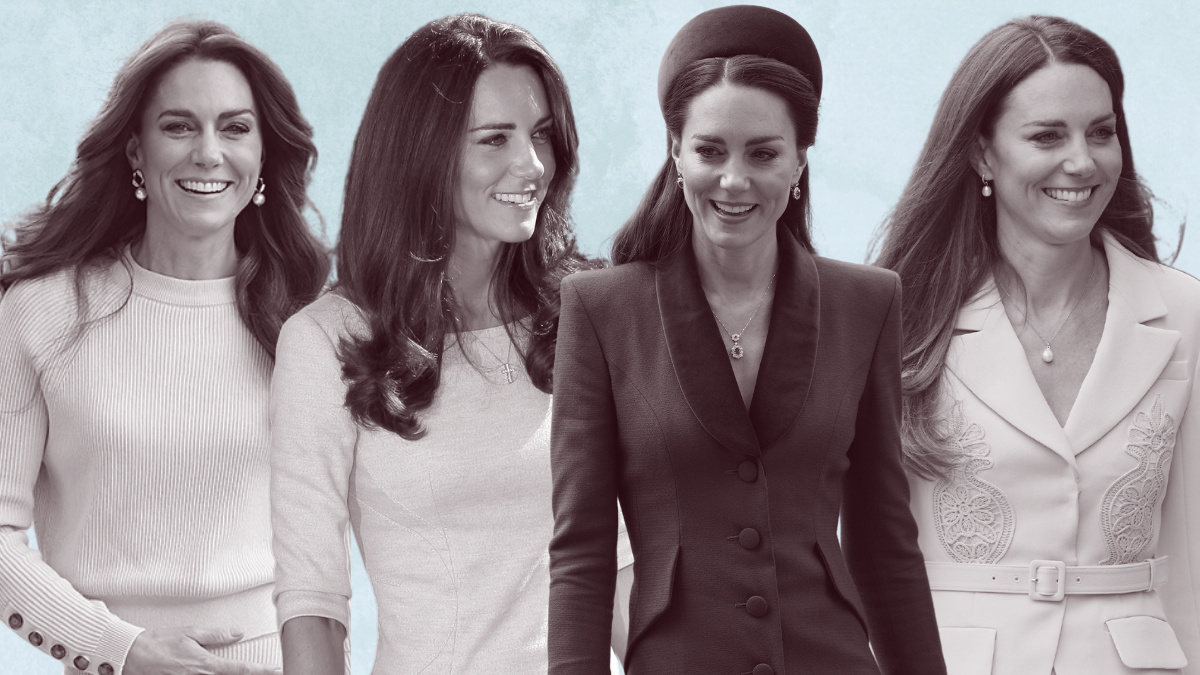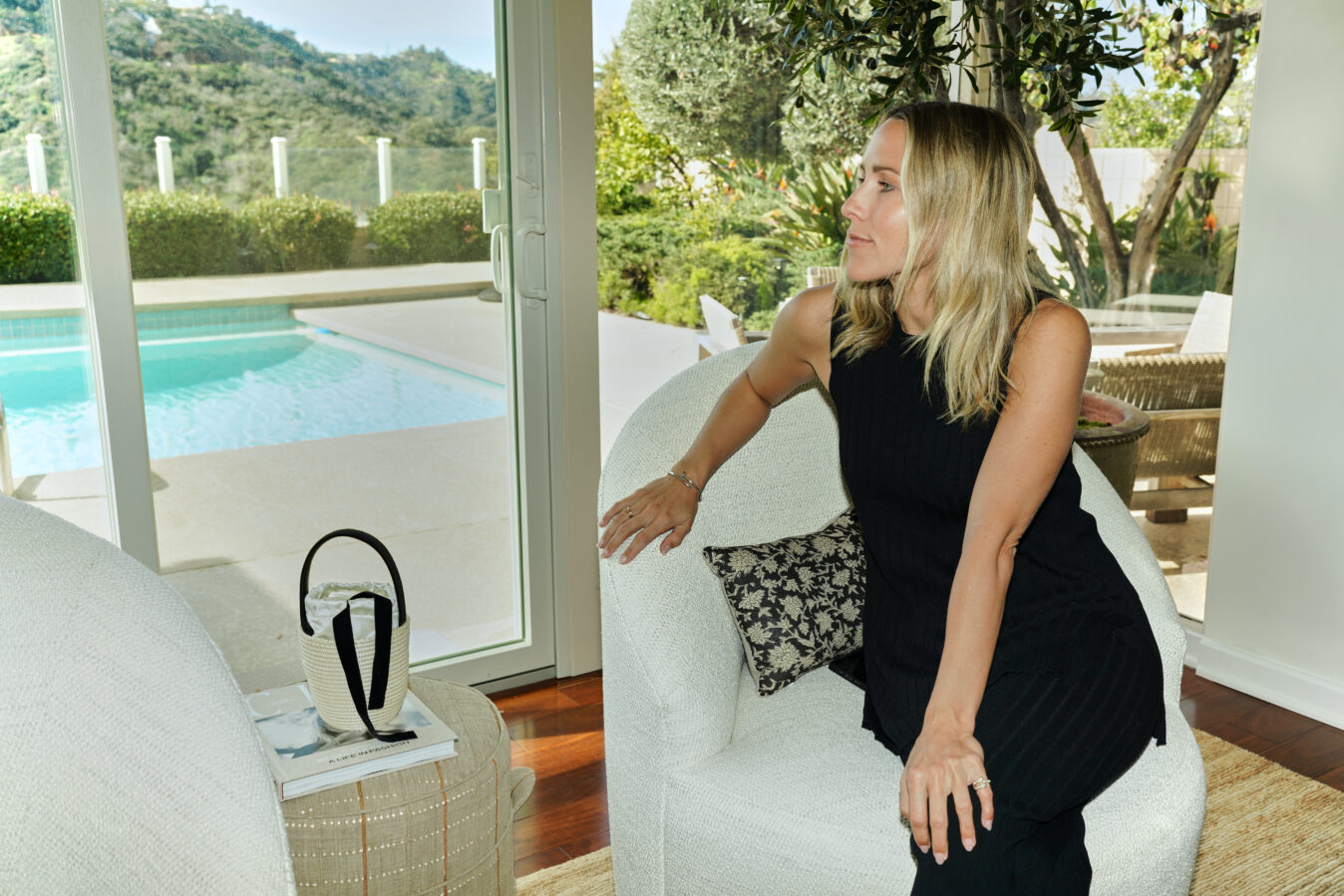Table of Contents
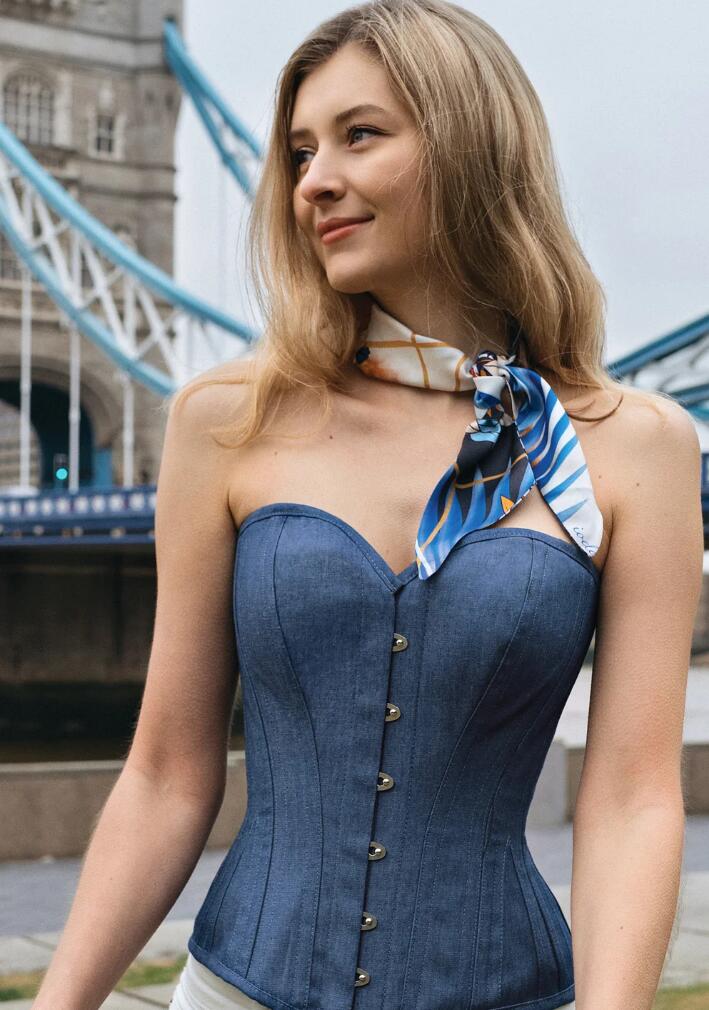
The corset, an iconic piece of fashion history, has long been a subject of fascination, controversy, and admiration. What originated as an integral part of a woman’s wardrobe in the 16th century has gone through various transformations, resurfacing as a symbol of femininity, power, and personal expression in the 21st century. Today, it serves a multitude of purposes – from a functional waist trainer, a therapeutic aid for posture correction, to an avant-garde fashion statement. This article delves into the multifaceted world of corsets, unfolding their diverse types, intricate designs, and purposeful functions.
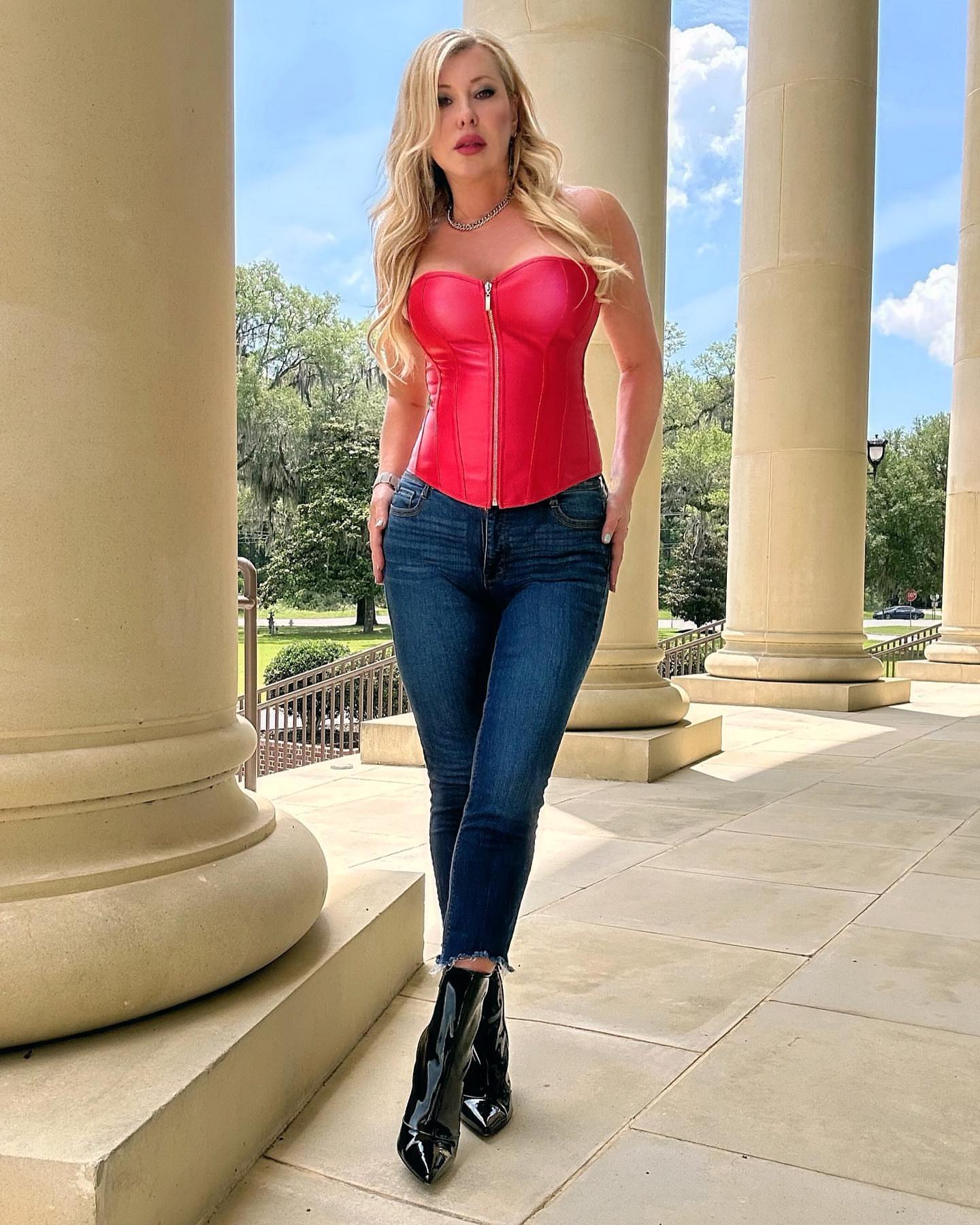
So, tighten your laces, ladies and gentlemen, as we embark on a journey through time, tracing the evolution of the corset, exploring its myriad types, and highlighting its relevance in the contemporary world. Whether you are a corset enthusiast, a budding fashionista, or a curious reader, we hope this voyage into the universe of corsets leaves you enlightened, and possibly, a little enchanted.
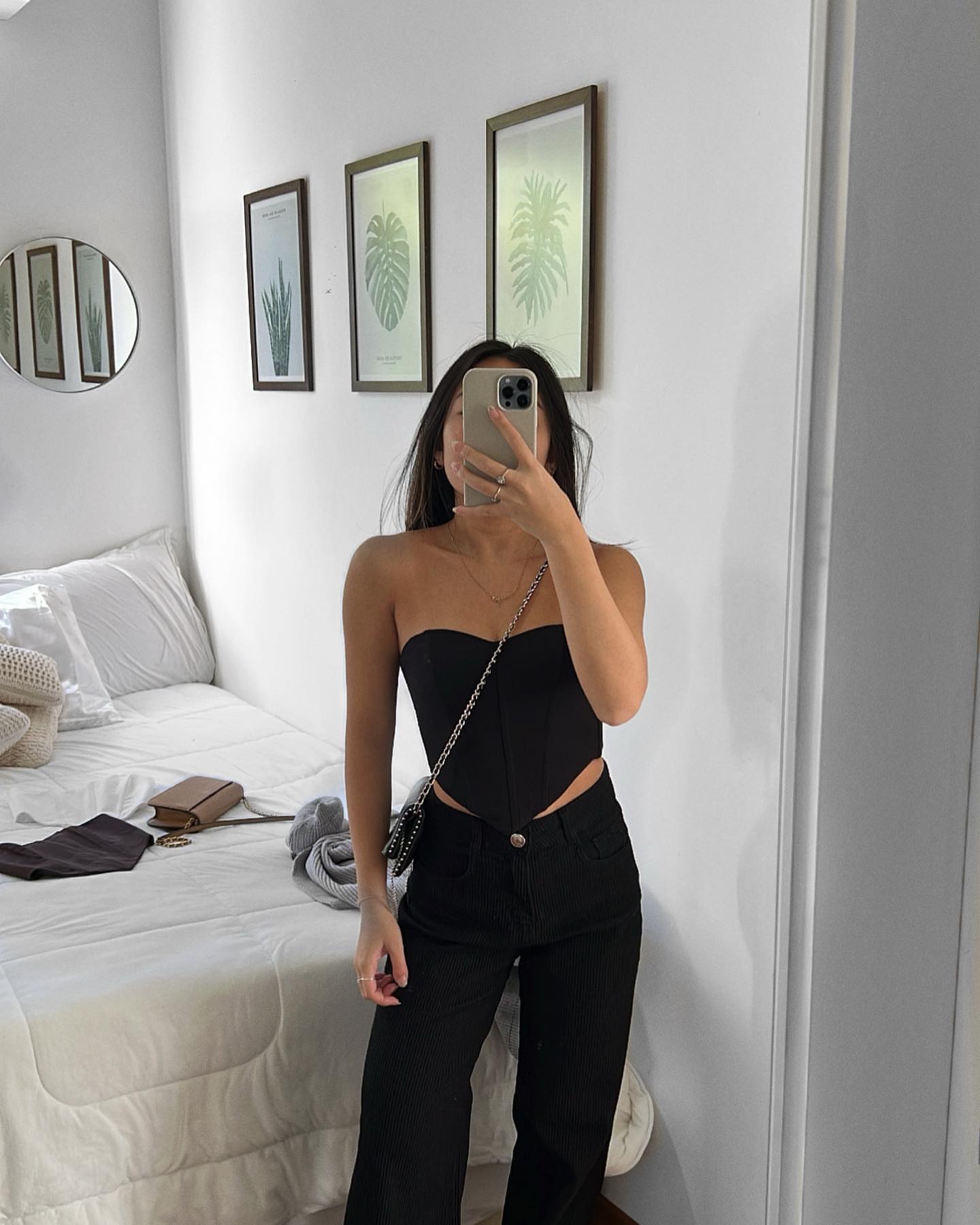
I. Types of Corsets Based on Length:
A. Overbust Corsets
1. Full-Length Overbust Corsets cover the body from bust to hips. They create a smooth silhouette and offer ample support for the bust and the waist, making them ideal for formal or period attire.
2. Mid-Length Overbust Corsets provide coverage till the waistline. They are perfect for pairing with high-waisted skirts or trousers, offering a stylish vintage appeal.
3. Demi-Cup Overbust Corsets have half-cup coverage for the bust. The suggestive cut adds a sultry element, making them perfect for a romantic evening or a confident everyday look.
B. Underbust Corsets
4. Full-Length Underbust Corsets stretch from under the bust to the hips. They provide maximum waist cinching and are perfect for waist training due to their extensive coverage.
5. Mid-Length Underbust Corsets reach till the waist, allowing more flexibility. They’re versatile and can be paired with a variety of tops, making them a wardrobe staple.
6. Waspie Underbust Corsets, also known as ‘belt corsets’, focus purely on the waist. If you’re going for that classic pin-up hourglass figure, waspies are your best bet.
II. Types of Corsets Based on Time Period:
7. Renaissance Corsets, with their conical shapes and flat busks, reflect the silhouette favored in the 16th century. They are often paired with a farthingale to achieve the period-correct ‘ice cone’ look.
8. Victorian Corsets are known for their hourglass shape, steel boning, and hip gussets. If you’re a fan of Victorian aesthetics, these corsets offer an authentic visual appeal.
9. Edwardian Corsets are famous for the “S-bend” silhouette they create. They push the chest forward and arch the back, mimicking the fashion-forward women of the early 1900s.
10. Contemporary Corsets combine modern fashion sensibility with traditional corsetry. With a variety of styles available, they cater to everyone from waist trainers to corset enthusiasts to couture connoisseurs.
III. Types of Corsets Based on Silhouette:
11. Hourglass Silhouette Corsets are characterized by their cinched waist and proportional hip and bust, perfect for achieving a classic, balanced figure.
12. Cone-Shaped Silhouette Corsets have a linear taper from bust to waist. This silhouette creates a more subtle curve, ideal for those who prefer a sleek, streamlined look.
13. S-Shaped Silhouette Corsets, also known as Edwardian corsets, were popular in the early 1900s. They create a forward thrust to the chest and an arched back.
14. U-Shaped Silhouette Corsets are modern and less constricting, focusing on the upliftment of the bust while maintaining a more natural waistline.
IV. Types of Corsets Based on Design:
15. Sweetheart Neckline Corsets feature a heart-shaped top, flattering the bust line and adding a romantic flair to your outfit.
16. Halter Neck Corsets have a strap that goes around the neck, offering additional bust support and a distinctive style.
17. Cupped Corsets come with built-in cups, providing extra support for the bust. They’re a great option for a dressy event or for anyone who wants a defined bust shape.
18. Ribbon Corsets are typically made with strips of ribbon. They’re lightweight and perfect for those who prefer a softer, less constricting corset.
19. Busk Front Corsets are identifiable by the steel or wooden busk inserted in the front. This design is a nod to the Victorian era and adds convenience.
20. Lace-Up Back Corsets offer an adjustable fit, allowing you to cinch or loosen as needed. The lacing also adds a beautiful visual detail.
21. Lace Overlay Corsets have an additional layer of lace, enhancing the garment’s elegance and femininity.
22. Embellished Corsets are adorned with features like crystals, beads, or embroidery, perfect for a striking statement piece.
From lacing up for a period drama to cinching the waist for a high fashion runway, the corset’s journey through the fashion eras is a tale of enduring allure and ceaseless innovation. Regardless of your style or purpose, there is a corset that can meet your needs and flatter your figure.
III. Functions and Benefits of Corsets:
Corsets, beyond their aesthetic appeal, offer several functional benefits.
Waist shaping and waistline definition: Corsets cinch the waist and help achieve the much-coveted hourglass silhouette. They bring about an immediate reduction in the waistline and help sculpt the body’s shape over time.
Posture support and spinal alignment: Corsets provide a firm support to the back, aiding in maintaining an upright posture. They can also help alleviate back pain and correct postural issues when used correctly and under appropriate guidance.
Enhancing body confidence and silhouette: By cinching the waist and accentuating the bust and hips, corsets help enhance body confidence. They can be a powerful tool in boosting self-esteem and promoting body positivity.
Potential health benefits and considerations: Apart from posture correction, some corsets are used in orthopedic treatments. However, it’s crucial to consult with a healthcare professional before using a corset for medical reasons.
IV. Corset Materials:
The choice of fabric is key to a corset’s comfort and durability.
Traditional corset fabrics: Satin, brocade, silk, and cotton are classic choices for corsets. They offer a smooth and luxurious finish, making them ideal for formal and vintage corsets.
Modern corset materials: Mesh, PVC, and leather lend a contemporary touch to the corsets. These materials are durable, breathable, and perfect for casual or edgy looks.
Boning materials: Steel, spiral steel, plastic, and synthetic whalebone are used for boning in corsets. While steel offers firmness and durability, plastic and synthetic whalebone provide flexibility and comfort.
Lining materials: Cotton, satin, and mesh are commonly used for lining due to their comfort against the skin.
V. How to Wear and Use a Corset:
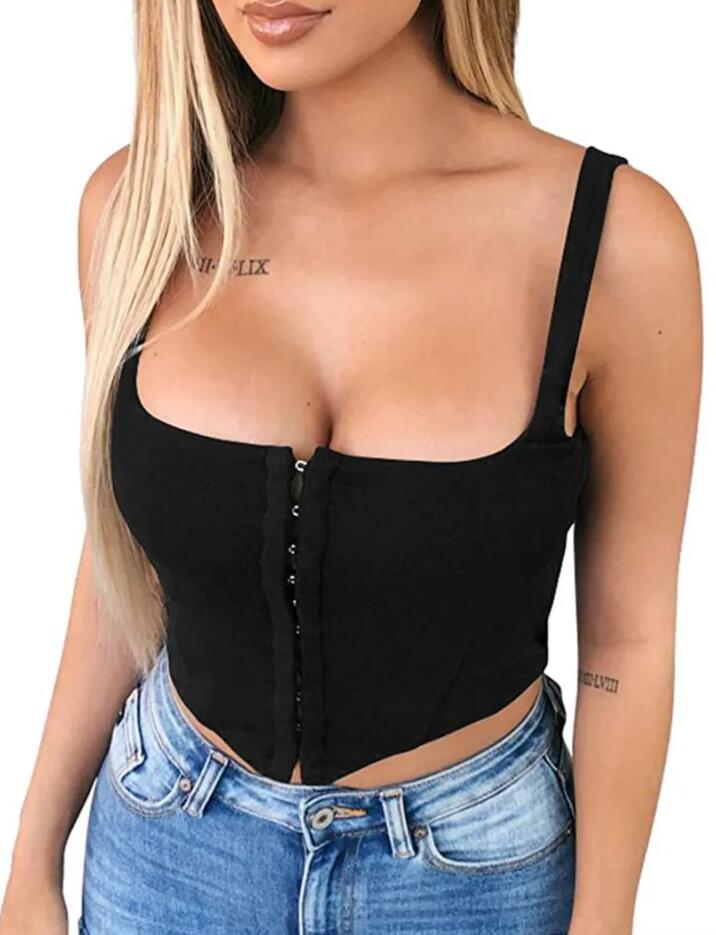
Finding the right corset size and fit: A well-fitting corset should feel snug but not uncomfortable. It’s essential to take accurate measurements and refer to the brand’s sizing guide before purchasing.
Properly lacing and tightening a corset: Start by loosely lacing the corset, put it on, and then gradually tighten it. Ensure it’s snug but not too tight, and you can breathe comfortably.
Seasoning (breaking in) a corset for comfort and longevity: New corsets should be worn loosely for a few hours a day over one to two weeks. This process, called seasoning, helps the corset mould to your body shape and improves comfort.
Safety precautions and listening to your body’s signals: Never tighten a corset to the point of discomfort or pain. If you feel any numbness, tingling, or shortness of breath, loosen the corset immediately and consult a healthcare provider if symptoms persist.
VI. Caring for Corsets:
Proper storage to maintain shape and condition: Corsets should be stored flat or hung by the laces to maintain their shape and condition.
Cleaning and maintenance guidelines for different corset materials: Most corsets should be spot cleaned only, but refer to the care label instructions. Avoid wringing or twisting the garment.
Handling boning, lacing, and other components with care: Avoid bending or twisting the boning. Check and maintain the lacing regularly to ensure it’s not fraying or breaking.
From the vintage charm of an overbust corset to the edgy allure of a leather underbust, the corset world is as diverse as it is fascinating. Whether you are a corsetry enthusiast or a newcomer, there is always something new to learn and explore. As you embark on your corset journey, remember to prioritize comfort and listen to your body. After all, the best corset is the one that makes you feel fabulous, inside and out.

